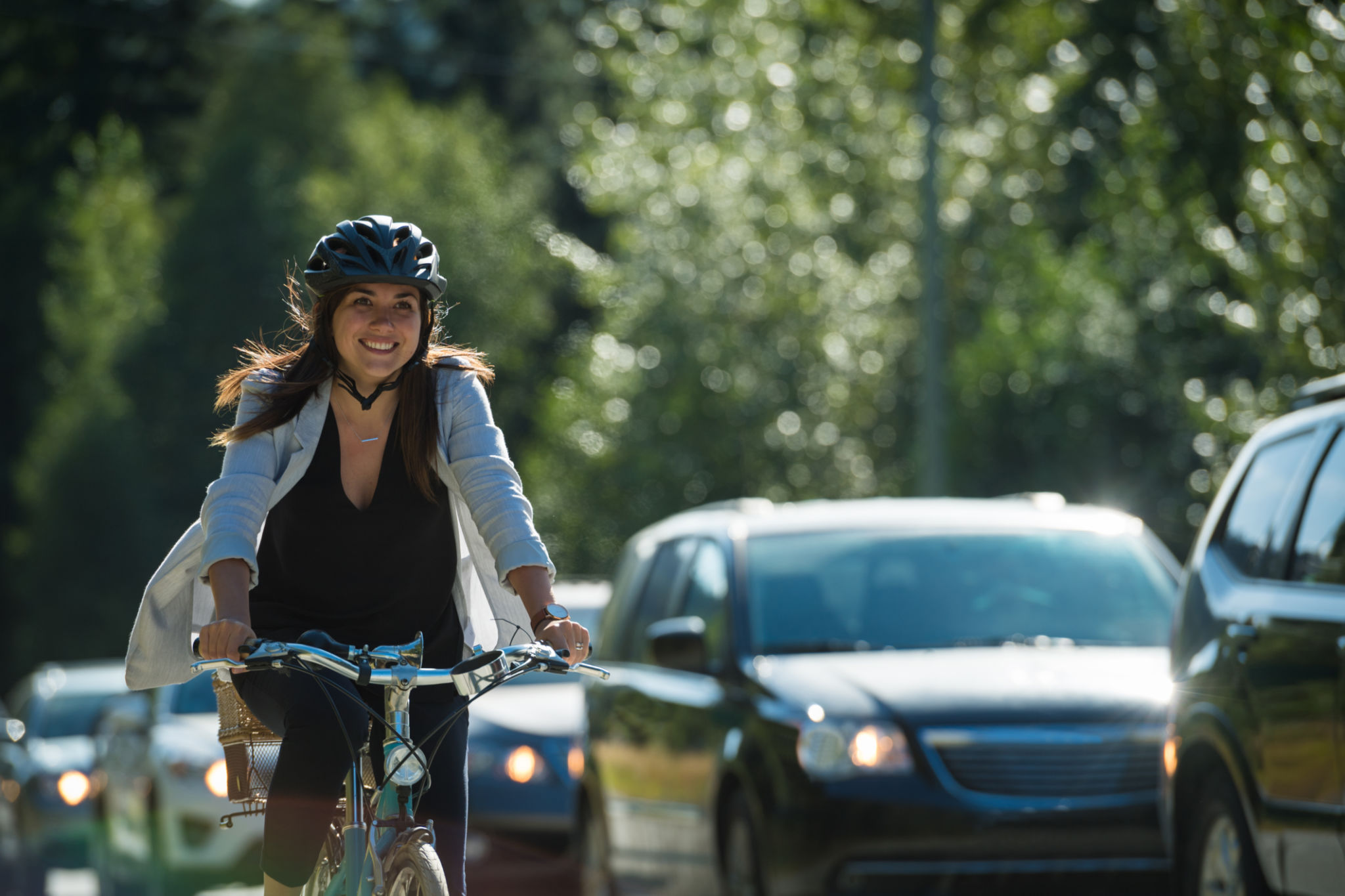Understanding Swedish Cycling Regulations: What You Need to Know
Introduction to Swedish Cycling Regulations
Sweden is renowned for its commitment to sustainability and clean transportation. As a cyclist in Sweden, understanding the local cycling regulations is crucial for a safe and enjoyable experience. Whether you're a resident or a visitor, being informed about these rules ensures you can navigate the roads confidently and responsibly.
Swedish cycling regulations are designed to protect cyclists and other road users. From mandatory equipment to specific road rules, familiarizing yourself with these guidelines will help you stay compliant and safe. Let's delve into the essential regulations you need to know.

Essential Equipment for Cyclists
When cycling in Sweden, certain equipment is mandatory for all cyclists. Ensuring your bicycle is properly equipped not only keeps you within the law but also enhances your safety on the road.
Key equipment includes:
- Lights: A white front light and a red rear light are required when cycling in the dark or during low visibility conditions.
- Reflectors: Your bicycle must have reflectors on the front, rear, and wheels.
- Bell: A functioning bell is mandatory to alert pedestrians and other cyclists of your presence.
Helmet Use
While wearing a helmet is not legally required for adults in Sweden, it is highly recommended for safety. However, cyclists under 15 years old must wear a helmet by law. Prioritizing your safety with protective gear can significantly reduce the risk of injury in case of an accident.

Rules of the Road
Cyclists in Sweden must adhere to specific rules when navigating roads and shared paths. Understanding these rules promotes harmony between cyclists, pedestrians, and motor vehicles.
Some critical road rules include:
- Right of Way: Cyclists should give way to pedestrians at pedestrian crossings and when entering a road from a cycle path.
- Traffic Signals: Cyclists must obey all traffic signals and signs, just like motor vehicle drivers.
- Lane Usage: When available, cyclists should use designated bike lanes. If none exist, keep to the right side of the road.
Alcohol and Cycling
In Sweden, cycling under the influence of alcohol is illegal and subject to penalties. While there is no specific blood alcohol limit for cyclists, police can fine or detain those deemed unfit to ride safely. It's essential to maintain sobriety while cycling to ensure your safety and that of others.

Parking and Storage
Cyclists should park their bicycles in designated areas to avoid fines and ensure public pathways remain clear. Many cities provide ample bike racks and storage facilities to accommodate cyclists. Avoid locking your bike to trees or blocking pedestrian paths, as this can lead to removal by authorities.
By following these guidelines and respecting local regulations, cyclists can contribute to a safer, more organized urban environment. Embracing Sweden's cycling culture means not only enjoying the benefits of eco-friendly transport but also participating in a community committed to road safety.